Top 10 Things You Need To Know About Arugula
As a fresh leafy green with a semi-sturdy texture, Arugula (eruca vesicaria sativa) is a versatile cooking ingredient and an essential raw food to keep on the ... read more...ready. It's also healthful and contains essential nutrients that help keep the heart and bones healthy. Things about Arugula are listed below, let's find out.
-
For many chefs and cooks, the leafy green arugula is an essential element. It's a favorite in pasta, a must-have on pizzas, and a must-have in salad dressings. The English refer to arugula as "rocket", but Encyclopedia Britannica calls arugula an herb. It belongs to the Brassicaceae plant family, which is the mustard family of flowering plants found in the Brassicales order. Cabbage, broccoli, cauliflower, radishes, and, of course, arugula are all members of the Brassicaceae family, which includes cabbages, broccoli, cauliflower, radishes, and, of course, arugula.
As part of the Eurca genus, arugula falls under a categorization that defines it as an herb, although many sources often still refer to it as a vegetable. In most food preparations it is considered and consumed as the latter. Arugula plants produce a flower but it is the leaves that are harvested and eaten raw or cooked. Arugula's particular flavor is as distinct as the cuisine of its native region.
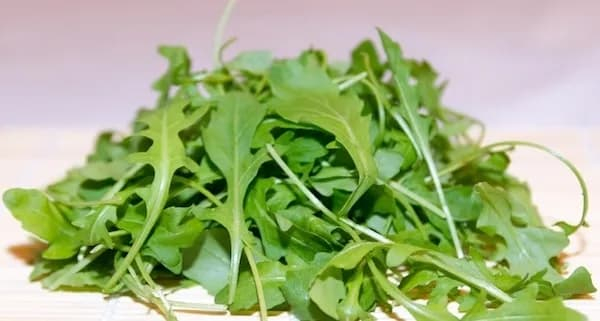
Via: bwqualitygrowers 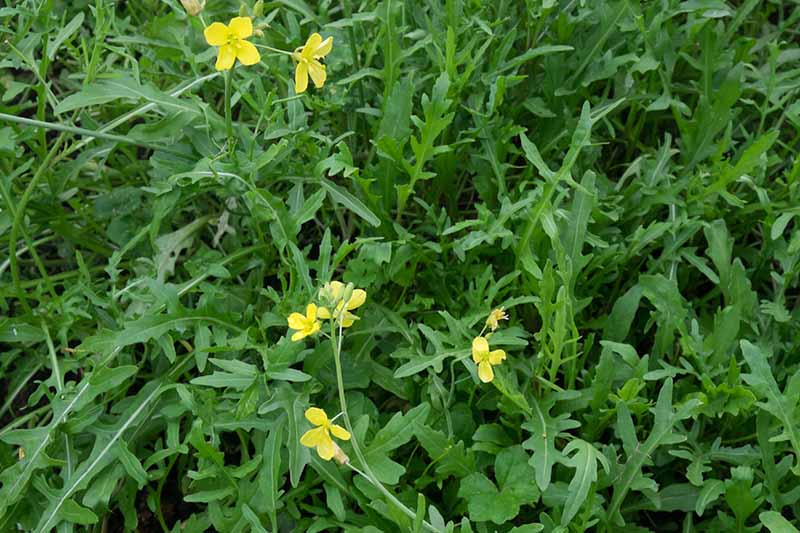
Via: Gardener's Path -
Arugula comes from the Mediterranean coast of Italy, according to commercial growers B&W Quality Growers. The region's atmosphere was ideal for cultivating the herb before it expanded throughout Turkey, Persia, and Europe with the Roman Empire. According to etymologists, arugula became known as "roquette" in France before being called "rocket" in the United Kingdom. As if the plant had been christened by Sir Richard Branson.
A remark about vegetable prices made by then-presidential candidate Barack Obama in 2007 catapulted arugula into the partisan spotlight of American food culture. Despite its old appearance in both the Bible and the Talmud, for many people, "Arugulagate" was their first exposure to the leafy green. Arugula, on the other hand, has a lengthy history in the United States.
According to Sam Dean of Bon Appetite, when arugula first arrived in America, it was with Italian immigrants who called it "rucola" or "aruculu" depending on where they came from. Because there were so many more Southern Italians going to America, "aruculu" won out, eventually becoming "arugula". Arugula is now referred to as "rucola" in Italy. Arugula, by any other name, tastes just as sharp.
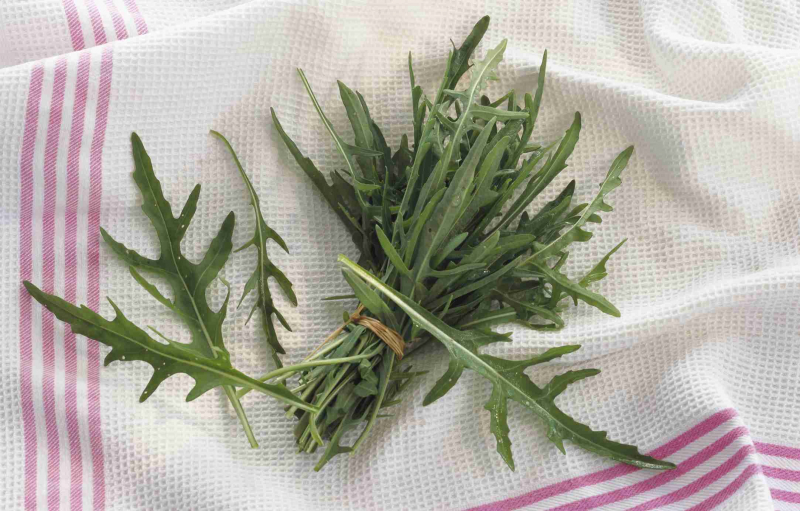
Via: The Spruce Eats 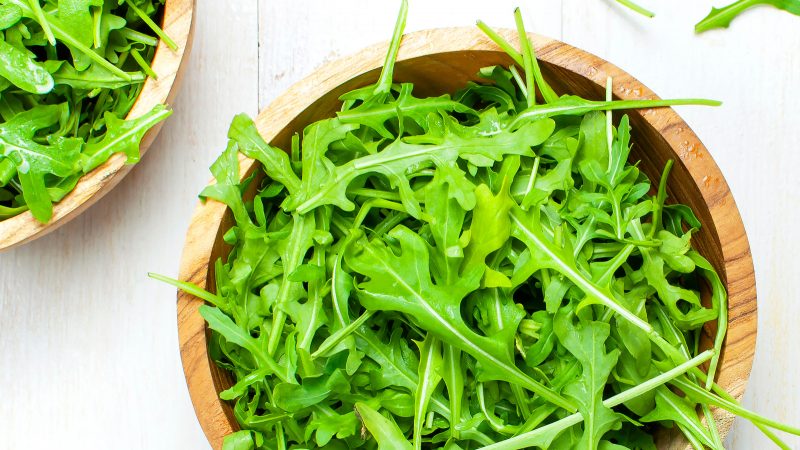
Via: Healthline -
Arugula leaves have a spicy, peppery flavor that varies in strength according to the type of arugula and the conditions under which it was cultivated, according to Mashed. The Independent reports that isothiocyanates, a chemical molecule that acts as a natural defense against wild herbivores, are the cause of the spicy flavor (and an attractant for hungry human vegetarians).
Humans respond to isothiocyanates in diverse ways depending on their genes. Some people find arugula to be extremely bitter, while others appreciate the peppery flavor. Arugula's peppery overtones may intensify if the growing conditions were hot, dry, and sunny enough for the herb to grow quickly. The flavor of arugula is best when eaten raw, but it can also be cut when cooked or mixed with the right contrasts.
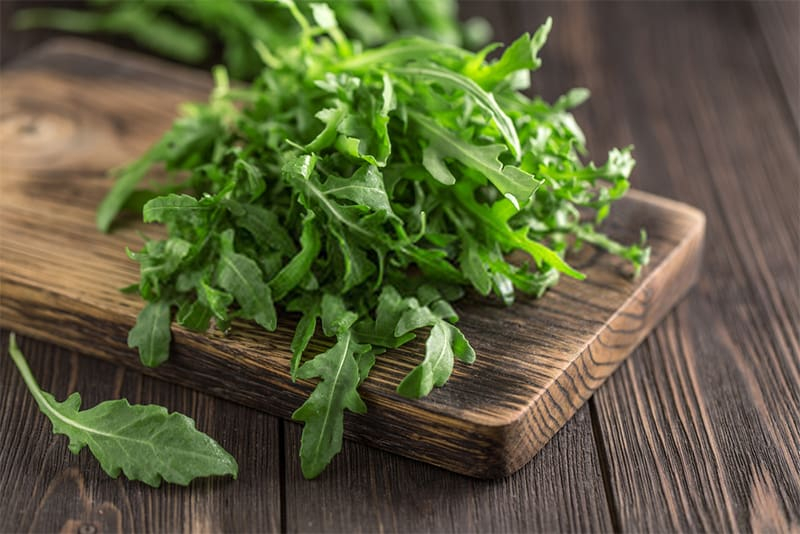
Via: EatDelights 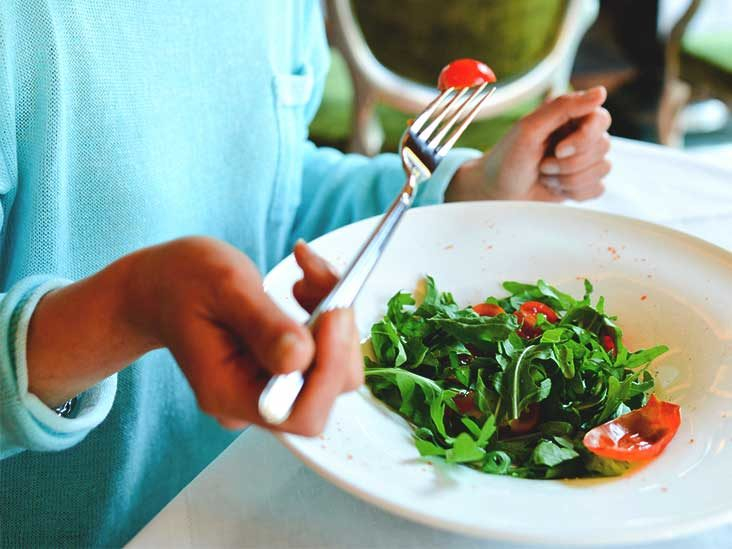
Via: Healthline -
Another factor that influences the flavor of arugula is the variety of the herb that is grown and consumed. Arugula, like lettuce and kale, is a leafy green that comes in a variety of forms and sizes. Each one can produce a distinct flavor. According to the Guardian, the flavor of arugula is most strongly divided between two cultivars: the broad-leafed eruca sativa and the spear-shaped selvatica.
Cornell University's gardening sites include upwards of 20 varieties of cultivated and wild arugula (meaning there are 20+ types to eat). Some varieties, such as "rucola selvatica", have a nutty flavor. Other varieties, like "even star arugula", have an especially sharp taste. So, if one variety doesn't appeal to you, you might want to try another. Wait until you learn about what this plant can do for your body if you enjoy its intriguing flavor.
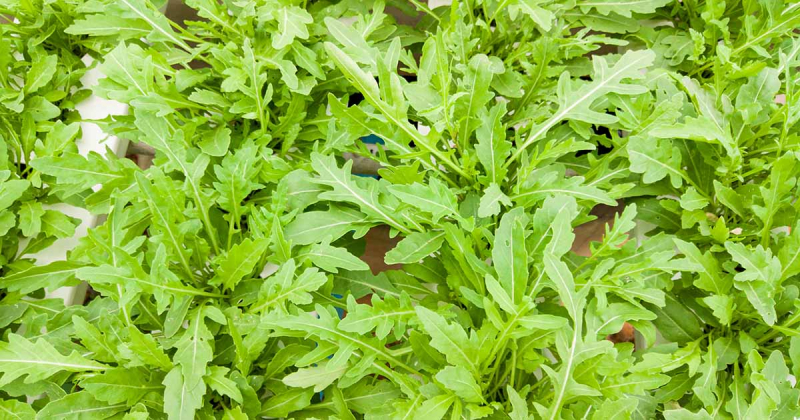
Via: Gardener's Path 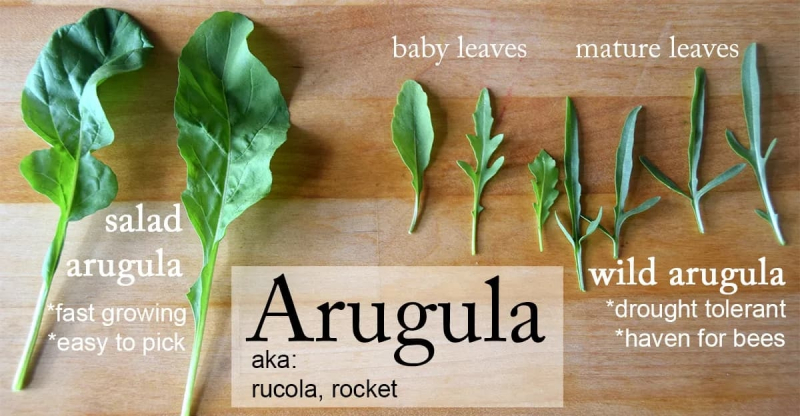
Via: Green SXM -
It can be difficult to tell whether foods are actually nutrient-dense and which ones are riding a wave of green-washed marketing in today's superfood world. Arugula, like many other Brassicaceae leafy plants, is high in micronutrients that have immediate health benefits. When choosing vegetables, LiveStrong suggests starting with the Aggregate Nutrient Density Index (ANDI). ANDI determines a food's individual health rating score by weighing its nutritional content against the number of calories it contains. Arugula, with a score of 604 out of 1,000, is in the top ten of the index healthy and delectable.
Apart from the health benefits of arugula, the flavor and adaptability of this herb make it one-of-a-kind and unrivaled dining option. In salads where spinach, kale, or Swiss chard are too harsh, arugula shines. Arugula retains its texture in situations where a lighter green is desirable, whereas lettuce wilts. When mustard greens or collards are too strong, arugula adds layers of flavor, and the ways to prepare it are as varied as the flavors.
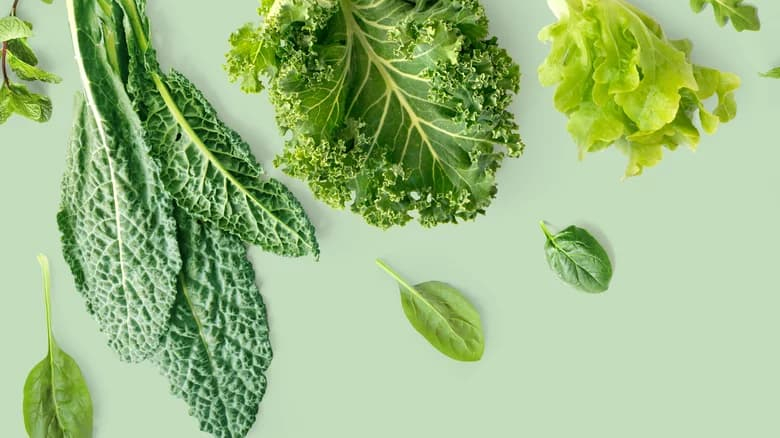
Via: Pinterest 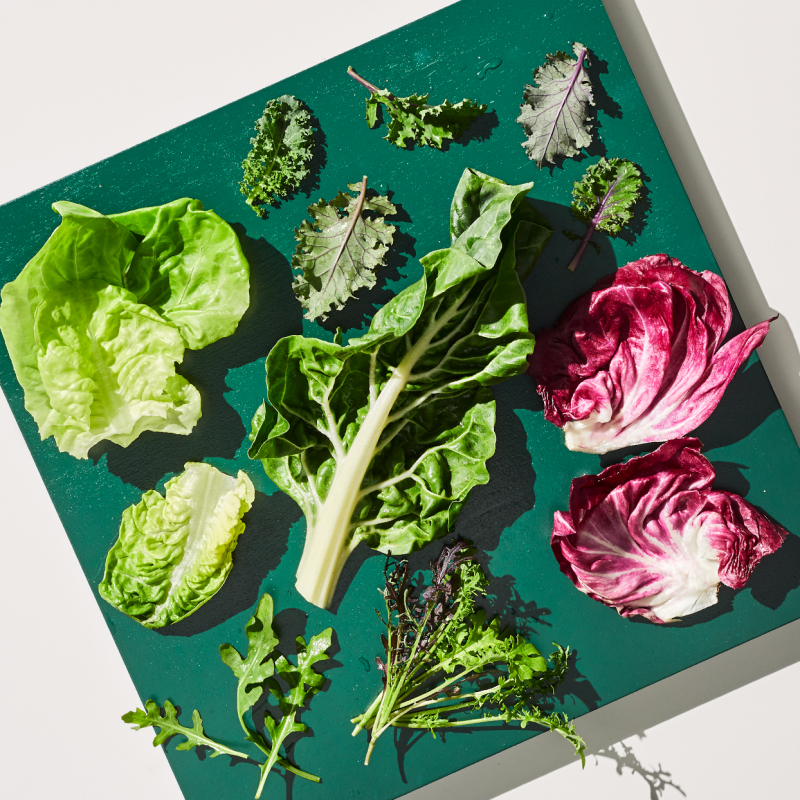
Via: Shape Magazine -
The lively flavor of arugula was originally thought to have some vitality-inducing effects. The intense flavor of the "rocket" plant was regarded as an aphrodisiac in both ancient Rome and Egypt. Although no scientific proof of such function has ever been found, much more information about arugula's health advantages has been discovered since antiquity. Arugula leaves are strong in glucosinolates, in addition to the isothiocyanates chemicals discussed above. According to Medical News Today, there is a link between glucosinolates and the body's ability to block the cancer-causing enzyme HDAC.
Not only can arugula be used to combat cancer, but it can also be used to promote blood health, prevent osteoporosis, and increase overall nutrition. Arugula is high in vitamins A, B, C, and K, as well as potassium and calcium, according to Healthline. These nutrients have antioxidant characteristics and aid in the absorption of iron, electrolytes, and folate by the body. The minerals in arugula can aid to improve the activities of the blood, kidneys, liver, heart, eyes, and nervous system. Arugula, in addition to all the stuff you can't see, is a low-calorie food that can help you lose weight, according to dietitians at LiveStrong.
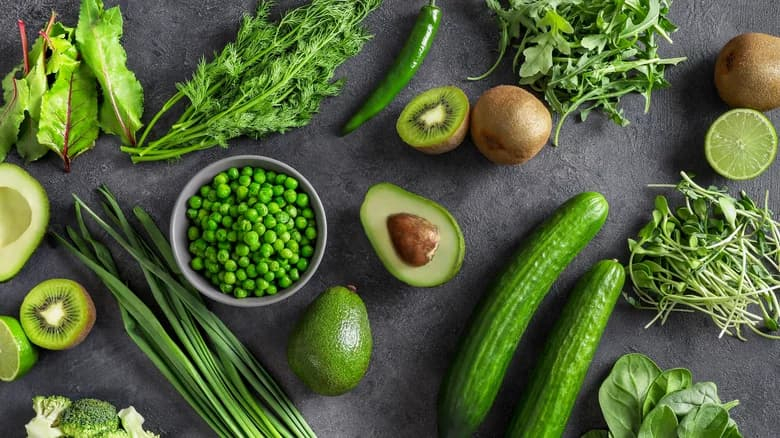
Via: Pinterest 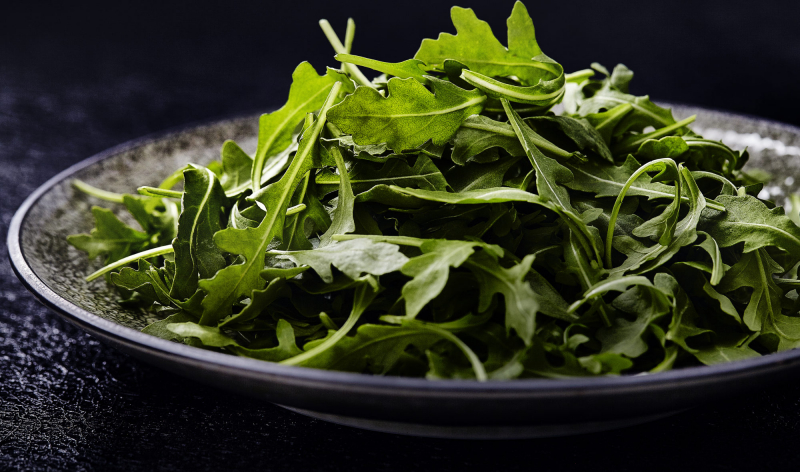
Via: Precision Nutrition -
Arugula is prepared in a variety of ways around the world, according to the Urban Farming Institute. Arugula is folded into omelets called rokkas in Cyprus, while arugula seeds are squeezed into oils and used for pickling in Northern India. Arugula is commonly used as a raw component in salads to balance out bitter tastes.
Steaming, simmering, wilting, and sautéing are all traditional ways to prepare arugula. A vegetable steaming basket is recommended by Thrive Cuisine for preparing arugula. This procedure can help you avoid overcooking your greens and lessen the spicy flavor. Simply throw the greens in the steamer and cook for 2-3 minutes under boiling water to reduce their size. Wilted arugula leaves can be used for pasta and gnocchi dishes like this one from Mashed by sautéing it in a skillet with a little oil.
Arugula, like many other plant foods, is delicious when sprinkled on top of pizza. It cooks quickly, so use it as a garnish after baking or right before serving. After learning about the benefits of arugula, the next step is to obtain some.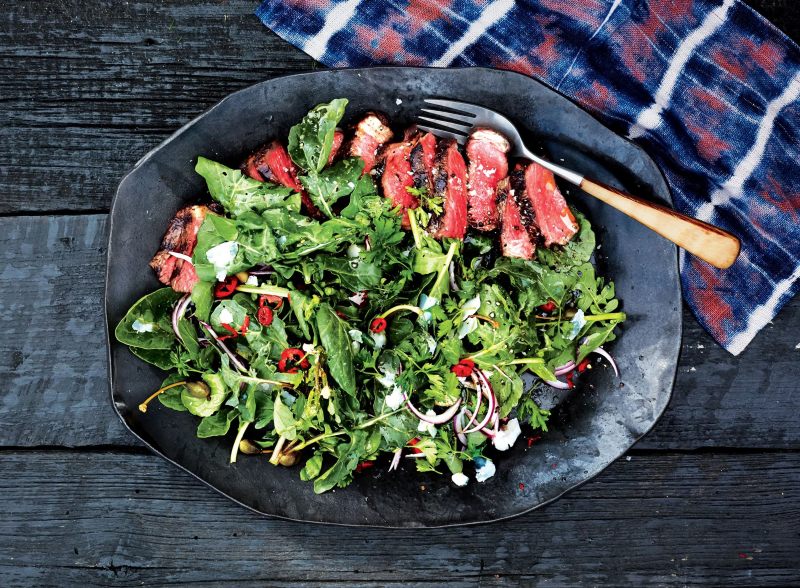
Via: Bon Appetit 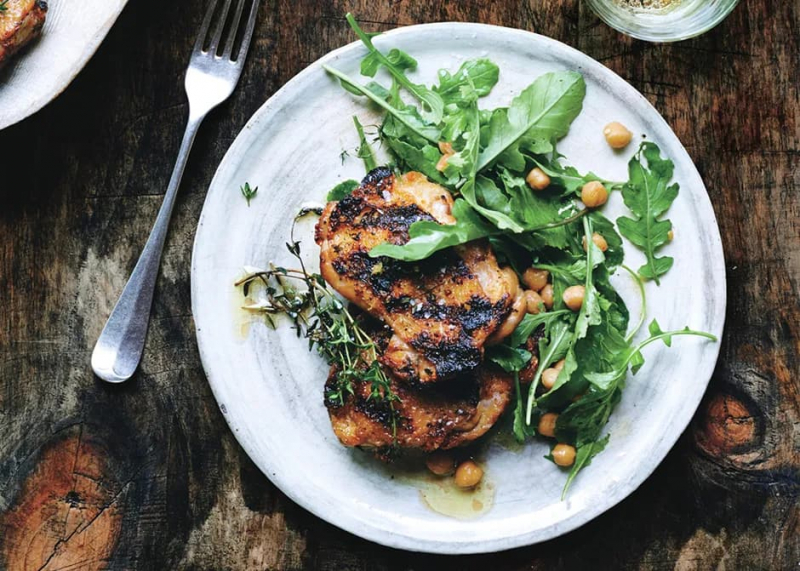
Via: Bon Appetit -
Whether you bought arugula in a shop or grew it yourself, proper storage is the key to reducing waste and getting the most out of your pungent green. Whether you bought your arugula in bulk or pre-packaged, Mashed has a few ideas for preserving it in good shape.
Follow these instructions if you're bringing home loose arugula from the garden, farmer's market or grocery's bulk produce bin. Wrap your arugula in a paper towel first, you'll want to keep it unwashed to avoid soaking the leaves. Place the bundle in a plastic bag in the crisper to keep it fresh. This procedure should keep the arugula fresh for two days. The folks at Williams Sonoma recommend using a damp paper towel, so the choice is yours there.
If you buy arugula that comes in a container, it'll be easier to store. Arugula in a plastic clamshell, as well as arugula in a bag, can last up to five days. Arugula can be difficult to keep fresh. Don't wilt if you're buying with a waste-free mindset. Arugula, like other lettuce cultivars, can be preserved in a variety of ways.
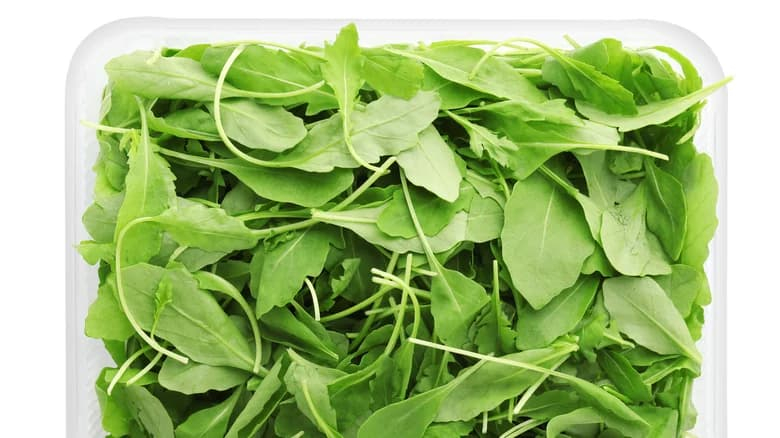
Via: Mashed 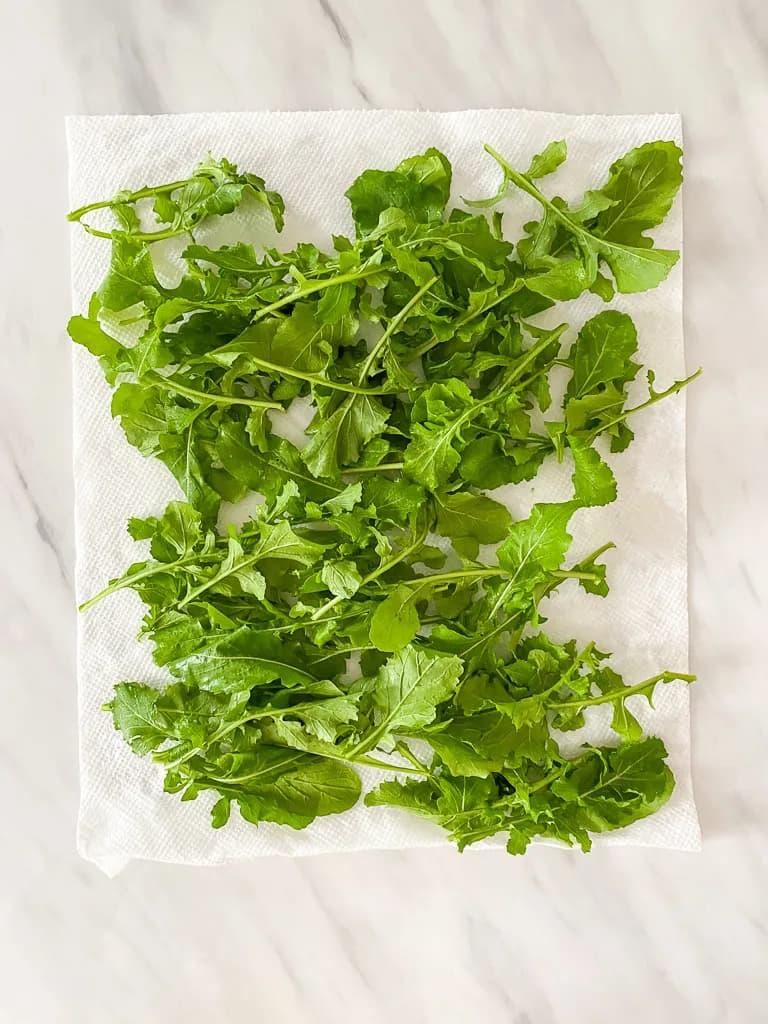
Via: Cottage and Vine -
Arugula manufacturing has recently hit some snags and shortages, as has the case with a lot of commodities in today's marketplaces (via the Counter). When you add in the fact that arugula has a somewhat short shelf life, it can be difficult to find and maintain arugula on hand. In anticipation of certain scenarios, knowing how to preserve arugula can be useful culinary knowledge.
You don't have to eat all of your arugulas straight from the supermarket to get the most out of it. It may have come as a surprise to find that arugula is a herb rather than a vegetable, but that distinction comes in handy here. Arugula can be dried or dehydrated as a herb. Little Sprouts Learning is an instructional website that explains how to make arugula (and other similar greens) into flavors. Arugula can also be preserved by mincing or tearing it apart and freezing the pieces into olive oil ice cubes. These ready-to-cook herb blocks are full of all the tastes of fresh produce and can help you get a head start on dinner.
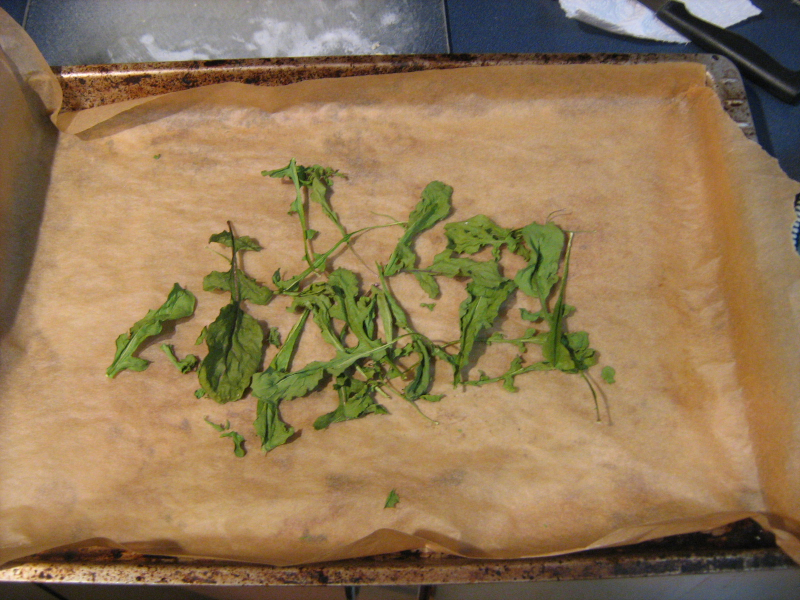
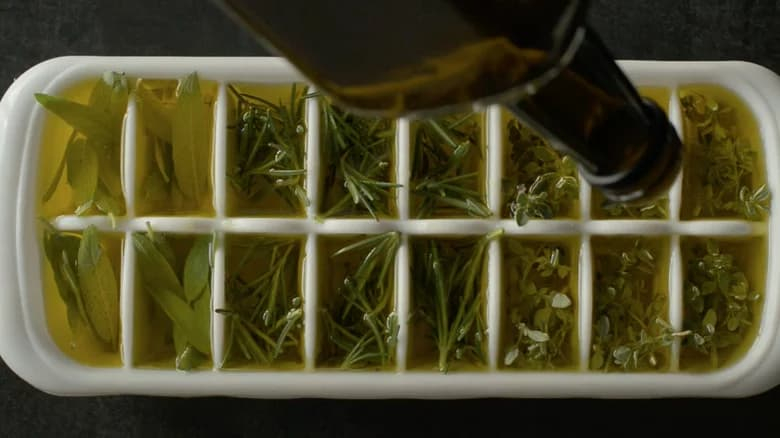
-
If you can't locate arugula in your grocery store or at your local farmer's market, it's time to start growing your own. As a member of the mustard family, arugula is a resilient plant that can endure near-neglect, though it does benefit from specific conditions. Growing arugula is easier than you think, according to The Old Farmer's Almanac:
"Rocket" is a tasty green that can be picked in the summer, fall, and even winter. The ideal growing conditions for a crop are six hours of sunlight and slightly acidic, well-drained soil. The first and last plantings of the year may withstand temperatures as low as 40°F, and the first arugula cutting is ready to harvest six to eight weeks after seeding. Since each seed only needs to be 1-inch apart, arugula can grow densely packed with other salad greens.
Once the leaves reach 3 to 4 inches long, congratulations: You've grown baby arugula. Harvesting the plant rosette's outer leaves encourages further growth and provides you with fresh food. Arugula can also be grown inside, according to the gardening site the Spruce, which recommends continuous watering.
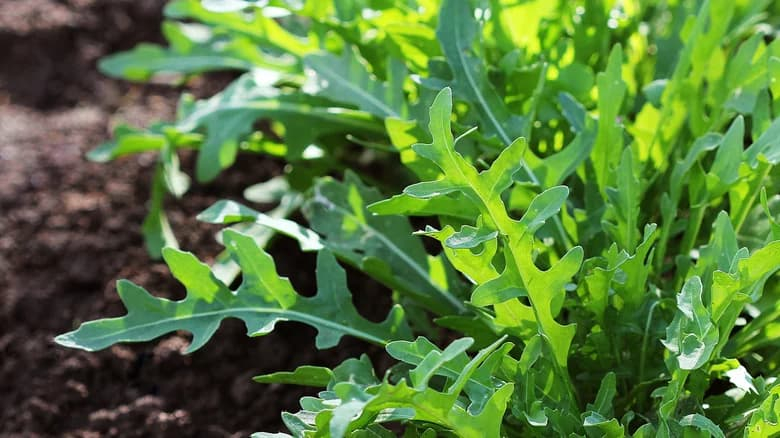
Via: The Old Farmer's Almanac 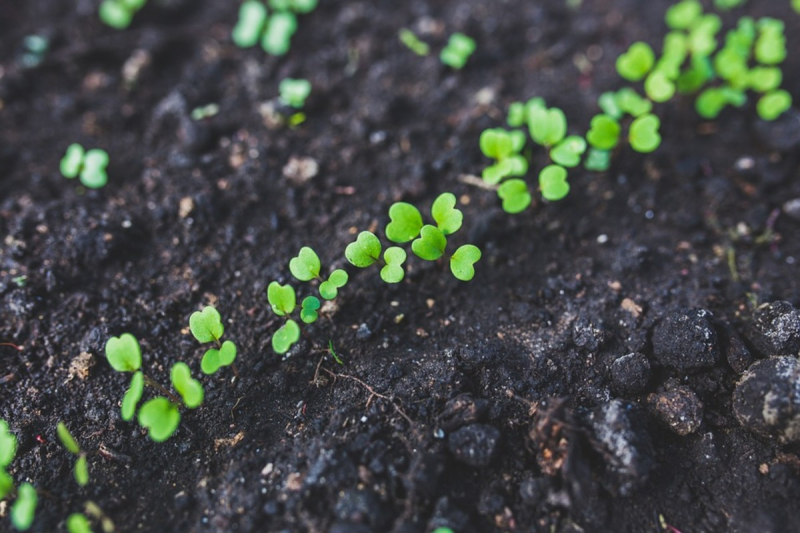
Via: Dengarden































